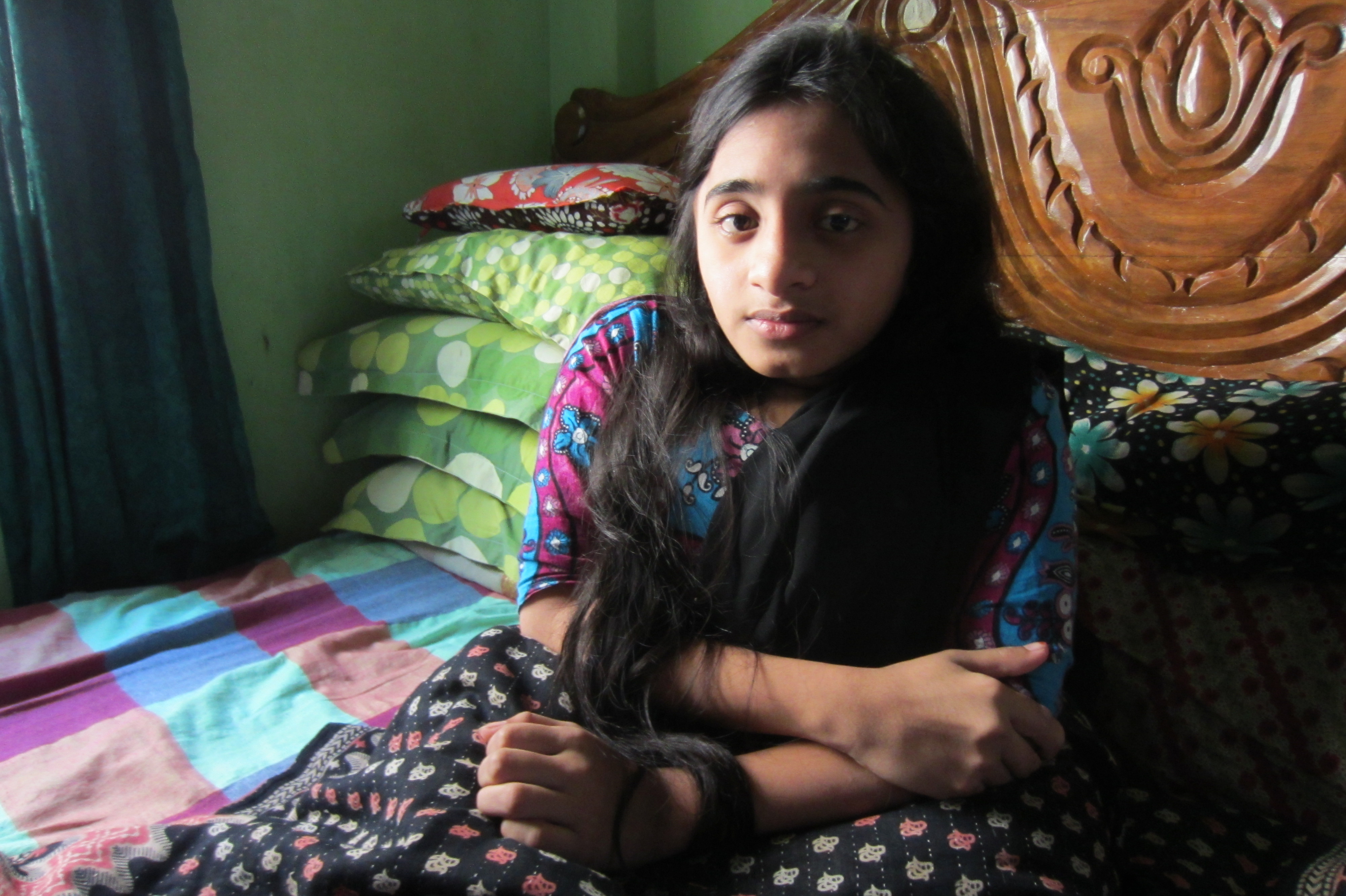Include me: stories of children with disabilities

There has been a powerful and much awaited change in understanding disability in the past decade. That persons with disabilities cannot fully participate in society because of their disabilities is no longer accurate, appropriate or welcome.
There is now a better understanding that it is barriers in society that can "dis-able" a person.
Thanks to the disability movement, led by persons with disabilities and advocates, and the effects of the UN Convention on the Rights of Persons with Disabilities (CRPD), the world today understands that barriers in society can “dis-able” a person.
These barriers may come in a form of stigma, myths or negative attitude towards persons with disabilities. Or the barriers could be inaccessible infrastructure, social systems and services, such as transportation, education, primary health or communications, or employment opportunities. Barriers that set participation limitations can also be assumptions made by people without disabilities, including professionals, about what the person with disabilities can or cannot do.
Ritu accepts herself as she is, and hopes that others can learn to do so too.
I remember meeting with persons with disabilities in a rural community in Sierra Leone a few years ago. They said to me, “People say that we cannot participate because of our disabilities. But how can we participate if we are so excluded and stigmatised that we are not invited to meetings or community activities? Even if we were invited, how can we get to a meeting place when public transportation is not accessible? If buildings are not accessible, how is it possible to get inside? And even if we manage to get in at last, we are often told we do not belong there and handed brooms to clean the floor, because we are so looked down [upon].”
More than just medical or rehab support
To me, this represents the voice of the world’s one billion people with disabilities. It is a reminder that persons with disabilities need more than medical or rehabilitation support in order to fully, equally and meaningfully participate in society.
The process of disability inclusion transforms everyone involved - children, youth and adults, with and without disabilities, their families, communities, and ourselves.
We want to see children with disabilities thriving in a safe environment, learning in school, enjoying good health, and prepared for life. We want to see the same rights that are guaranteed for all children in the UN Convention on the Rights of the Child (UNCRC) also enjoyed by all children with disabilities.
The process of disability inclusion transforms everyone involved - children, youth and adults, with and without disabilities, their families, communities, and ourselves.
But perhaps being accepted, valued and celebrated as a full and equal human being is an enabling factor for a thriving life. Don’t we remember the need to belong and be accepted when we were a child or teenager?
Sadly, so many children with disabilities feel isolated, are bullied, discriminated, abandoned or even killed on the grounds of having disabilities. The stories of lives of thirteen children with disabilities in Africa, Asia and Eastern Europe are clear that what hurts them the most is the harsh treatment and negative attitude towards them. What they want in life is to go to school, have friends, play, succeed in life, and contribute to their parents or help other children in difficult situations.
Let’s set our expectations and aspirations for them higher than just being able to walk or see. And in the process of disability inclusion, we will celebrate a transformation of those with and without disabilities, families, communities, and ourselves.
